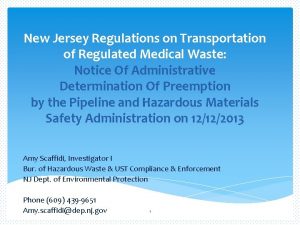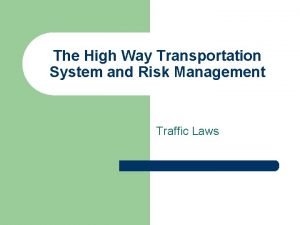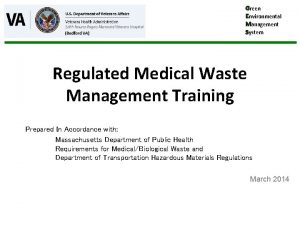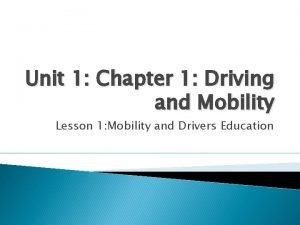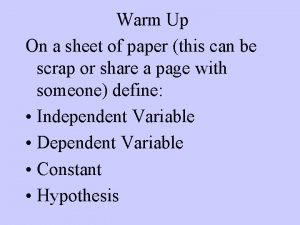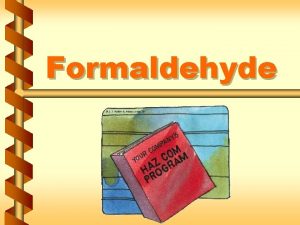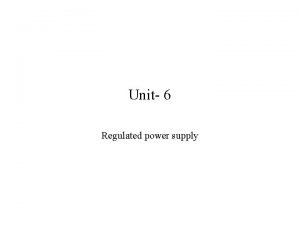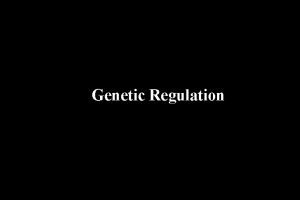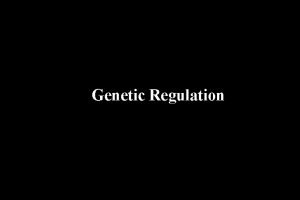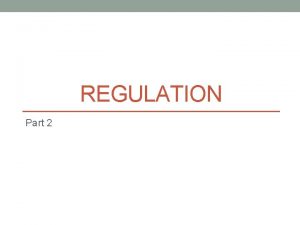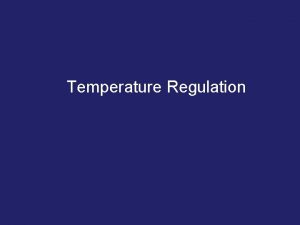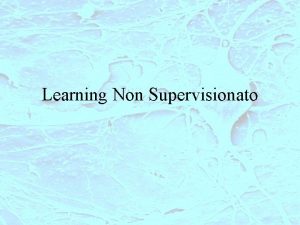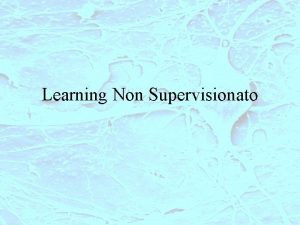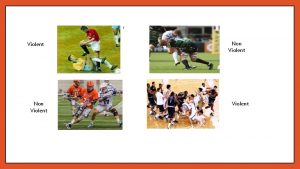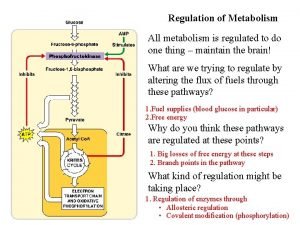Responding to regulation Operating within a non regulated


















- Slides: 18

Responding to regulation Operating within a (non) regulated market Christoph Müller

The German Approach • 1998 Energy Act liberalised the market – One shall give network access on a non-discriminatory basis – Everything else left to self-regulation of the industry • Historically, the electricity industry is regionally based • The German Electricity Industry is heavily influenced by politics – Most of the 900+ companies are public owned – Funding of all sorts of activities (municipalities, CHP generation, renewables, eco-tax) • All this makes deregulation a political contradiction – Competition cuts margins and hence cuts funding options – Best to be left to the industry to sort it out themselves German way of “self regulation”, unique in Europe

Regulation in the German Electricity Supply Industry • 1998 Energy Act sets out only the most basic rules – e. g. non-discriminatory network access, supplier of last resort – Short, 19 paragraphs, 1 dealing with network access – No further supplementary legislation • Negotiated network access – Manifested in „Verbändevereinbarung“ – Non binding / non enforceable – Setting (some) rules for network charges / access • Network charge calculation „black box“ – No controls, no external checks (no joke) • No standards for network access (data formats, data exchange, billing, …)

Market share and regulation • “Any” regulation influences the market – Cost of entry, cost to serve – Margins to compete for • Example: Domestic Electricity Market in Germany

Price components in the domestic market (domestic customer, partition in 2004) Competition Monopoly State ~20% Energy, marketing & sales, billing customer service, profit(? ) ~40% Transportation, distribution, metering non-regulated but “negotiated” ~40% VAT, eco tax, CHP levy, renewable levy, concession fee

Price components 1998 to 2004 (German average figures) c/k. Wh

Price components 1998 to 2004 (Relative developments) 1998=100

Attractiveness of the domestic segment - Retail vs. wholesale revenues c/k. Wh Assuming costs to serve of € 20/customer&year

Low voltage network ownership RWE Net AG E. ON Bayern AG En. BW Regional AG Vattenfall (HEW, Bewag) (not including subsidies) White areas: other suppliers

Cost to serve Usage of the „Best Practice Data Format“ ~1600 market participants with individual data formats (manual processing necessary) ~200 market participants using the „Best Practice“ Data Format The “Best Practice Data Format” was developed by the German Government working together with the major industry groups (electricity industry, customers)

Market share and regulation • “Any” regulation influences the market – Cost of entry, cost to serve – Margins to compete for • Example: Domestic Electricity Market in Germany – Margins are very tight to negative – High processing cost – Institutional barrier to entry – Not a very attractive market segment

Switching rates in the German Electricity Supply Industry Domestics 5% 25 % 36 % 64 % 70 % • With old supplier on unchanged contracts • With old supplier but renegotiated contract • With new supplier High number of suppliers that left/dropped out of the market: Best Energy, Riva, ares, Deutsche Strom AG, … Source (Switching rates): VDEW

Market share and regulation • “Any” regulation influences the market – Cost of entry, cost to serve – Margins to compete for • Example: Domestic Electricity Market in Germany – Margins are very tight to negative – High processing cost – Institutional barrier to entry – Not a very attractive market segment • Question: Result of competition or regulation? – “Final proof” virtually impossible – En. BW’s view: Lack of regulation on network charges – Evidence: Network charge statistics, BKart. A publications

High variance in network charges

“Cost-plus” network charges? c/k. Wh 12 Network charge for domestic customers vs. population density 10 8 6 4 2 2 inhab. /km Source: Bremer Energie Institut (BEI) 0 1000 1500 2000 2500 3000 3500 4000 Population density 4500 5000 5500 6000 6500

Regulatory compliance in the German Electricity Supply Industry • The “successful” business model is one that operates despite no regulation – En. BW/Yello accustomed to the processes of 900 different network owners » Regarding data formats, network access agreements, network charges » Making En. BW/Yello the major (only? ) true nation-wide supplier – Yello achieved breakeven in the first half of 2004 » Yello achieves higher than average revenues in the domestic segments » Brand strength, network area specific pricing / sales organisation – Significant investments by En. BW/Yello into (mass-)processing and sales force management • Despite limited regulation there are still costs of regulation – Transaction costs of new entrants » Example: € 20/customer changed comes to ~50 Mio. /year (representing the low end of estimates) – Deadweight loss (low/limited intensity of competition) » Example 1: € 1/MWh in the domestic segment equals € 140 Mio. /year » Example 2: Difference of retail/wholesale revenues implies up to € 1 Bill. /year “No regulation” does not mean “no cost of regulation”

Regulation in Germany: Next steps • German Government is currently rewriting the Energy Law – Abolishing the “negotiated” network access – Introducing a regulatory body • En. BW put forward an own proposal for network charge regulation – En. BW’s is the largest purchaser and the 3 rd largest provider of network services – Neutralisation of network for competition – Incentive regulation for network charges » Yardstick competition on a revenue cap basis » Individual adjusted yardsticks taking account of structural characteristics of the network » An network owner of average efficiency should receive an average income • Network charge regulation necessary but not sufficient for more competition – Non-monetary network access conditions – Sufficient retail margins to compete for – Trust of market players that this time competition is really the aim

Christoph Müller Diplom-Volkswirt; MBA Vice President Networks chr. mueller@enbw. com
 Oh quel beau mystère amour merveilleux paroles
Oh quel beau mystère amour merveilleux paroles Input and output of krebs cycle
Input and output of krebs cycle Nj regulated medical waste
Nj regulated medical waste Adrenaline
Adrenaline Explain how the hts is regulated
Explain how the hts is regulated 3 parts of highway transportation system
3 parts of highway transportation system Rmw falls into which dot packaging group
Rmw falls into which dot packaging group Evap service port 1 psi maximum regulated pressure only
Evap service port 1 psi maximum regulated pressure only Dot regulated medical waste training
Dot regulated medical waste training Health and safety social care act 2008
Health and safety social care act 2008 Regulated medical waste n o s
Regulated medical waste n o s Regulated medical waste un3291
Regulated medical waste un3291 Emotionally regulated
Emotionally regulated Activator protein
Activator protein Self-regulated learning adalah
Self-regulated learning adalah Green environmental management system
Green environmental management system How is the hts regulated
How is the hts regulated Osha medical waste
Osha medical waste Manipulated variable and responding variable graph
Manipulated variable and responding variable graph


